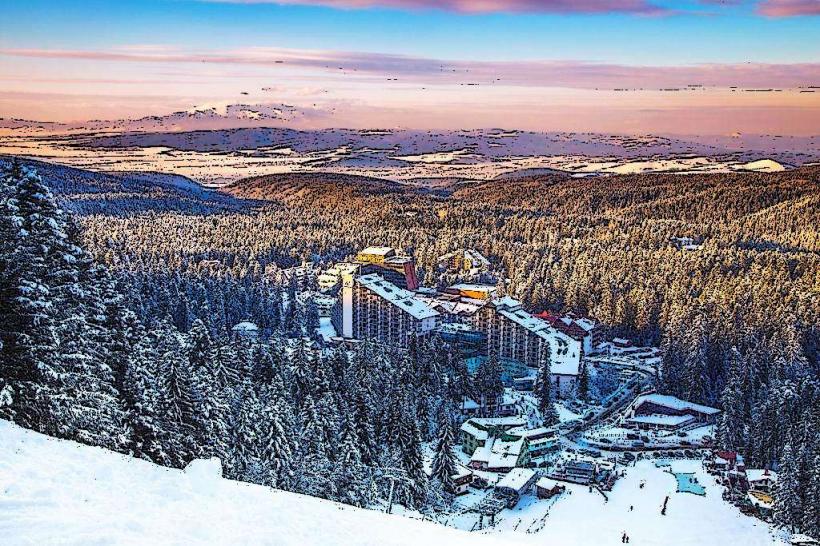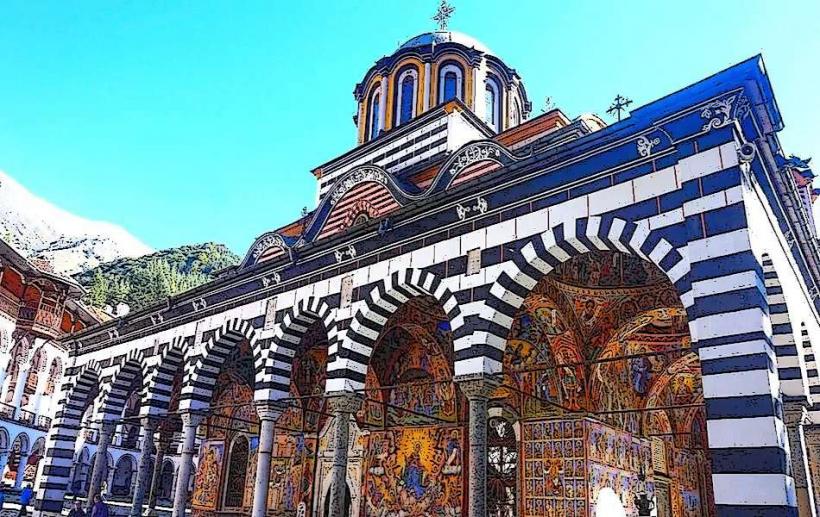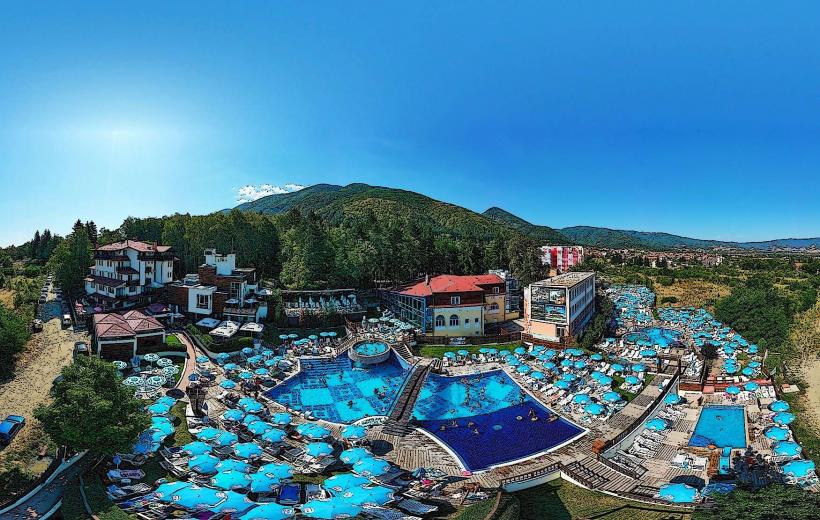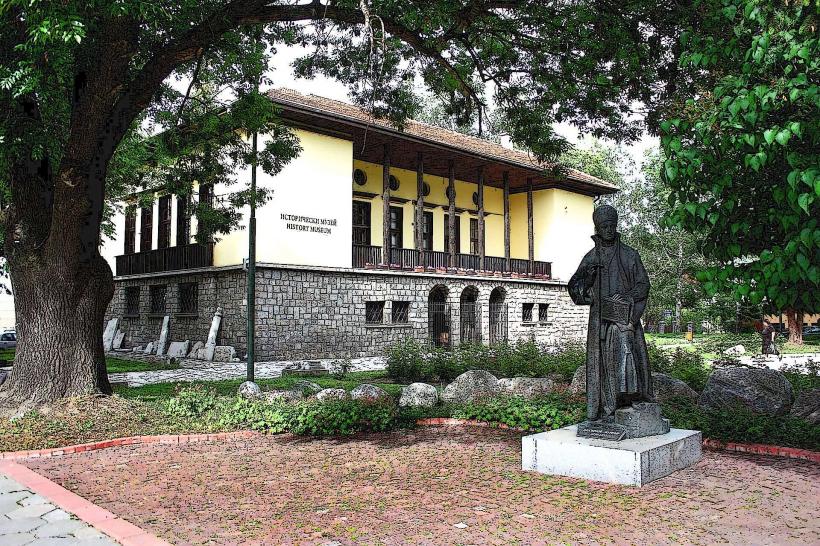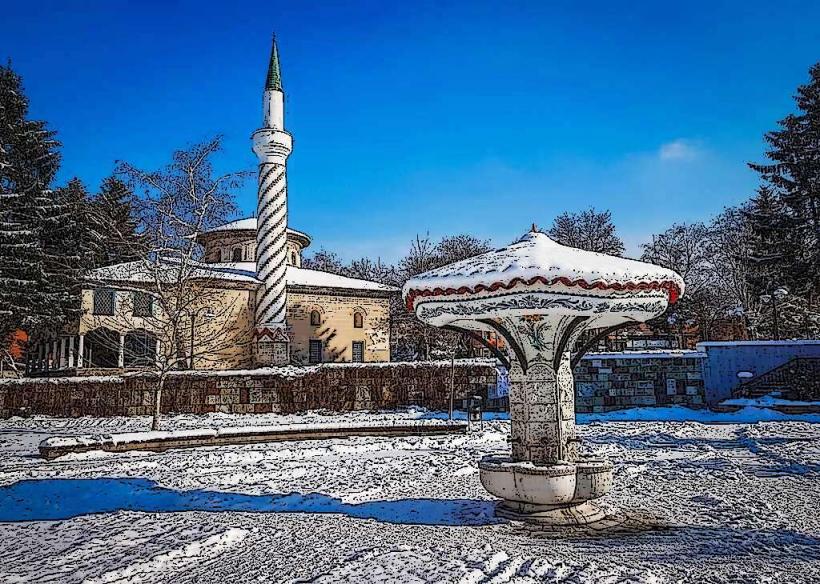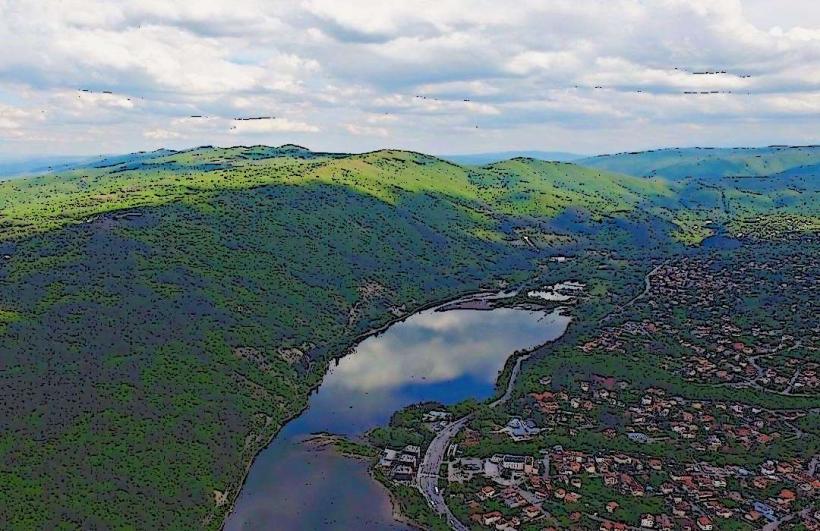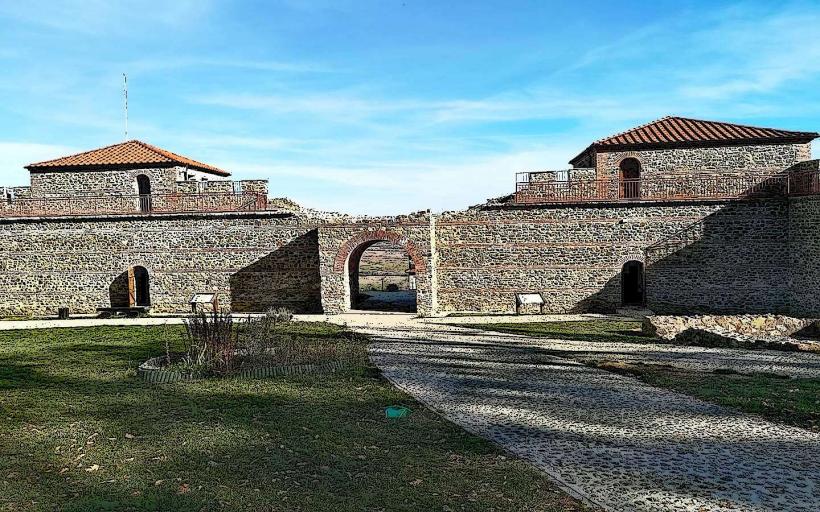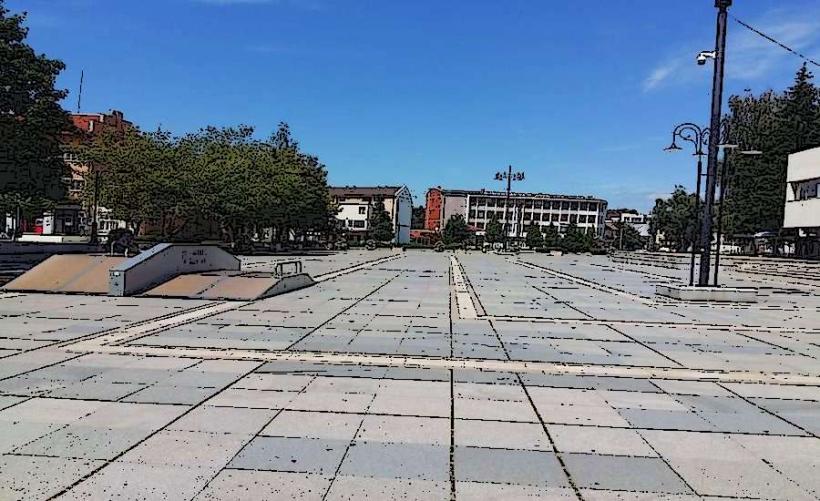Information
Landmark: Church of the Holy TrinityCity: Samokov
Country: Bulgaria
Continent: Europe
The Church of the Holy Trinity (Църква "Света Троица") is one of the most important landmarks in Samokov, Bulgaria, notable for its historical and architectural significance. The church stands as a symbol of the town's rich religious and cultural heritage.
Historical Background:
- The Church of the Holy Trinity was built in the 19th century during the Bulgarian National Revival period, a time when the Bulgarian Orthodox Church played a pivotal role in preserving Bulgarian culture and identity under Ottoman rule.
- Construction began in 1832 and was completed in 1834, making it a relatively modern structure in terms of historical churches in Bulgaria.
- The church was built largely thanks to the efforts of local citizens, with significant contributions from the residents of Samokov, who raised funds and provided labor for its construction.
Architecture:
- The architectural style of the Church of the Holy Trinity is a blend of traditional Bulgarian church design with influences from the Renaissance and Baroque styles. The church is a three-nave basilica, a typical layout for Bulgarian Orthodox churches.
- The exterior is characterized by stone walls and a high bell tower, which stands as an iconic feature of the church. The bell tower is adorned with elements from the Bulgarian Revival architectural tradition.
- Inside, the church is richly decorated with wooden carvings and frescoes. The iconostasis (the wall separating the altar from the nave) is intricately carved, featuring scenes from the Bible and religious iconography.
- The frescoes that cover the interior walls of the church were painted by renowned Bulgarian artists, including some from the famous Samokov School of Icon Painting, which flourished in the 18th and 19th centuries. The frescoes depict various biblical scenes and saints, and their vibrant colors and detailed depictions are notable for their artistic quality.
Religious and Cultural Importance:
- The Church of the Holy Trinity is not just a religious site but also a cultural symbol for the town of Samokov. During the time of its construction, it was an expression of the Bulgarian people's desire for independence and a reflection of the ongoing struggle to preserve Bulgarian Orthodox Christianity under Ottoman domination.
- The church played a central role in the spiritual life of the local community, serving as a place for worship, religious education, and cultural gatherings.
- The church is associated with significant events in Bulgarian history, including the rise of the Bulgarian national consciousness during the National Revival period.
Iconography and Art:
- The church is known for its iconographic significance. The icons on the iconostasis, as well as the frescoes on the walls, are important examples of the distinctive style of iconography that emerged in the Samokov School. This school of iconography contributed greatly to the development of Bulgarian religious art during the 18th and 19th centuries.
- The artwork in the church includes a mixture of traditional Orthodox iconography along with unique stylistic touches that reflect the local art traditions of Samokov and its surrounding regions.
Location:
The Church of the Holy Trinity is located in the center of Samokov, making it easily accessible to visitors exploring the town. It is not only a place of worship but also a popular tourist attraction, drawing people who are interested in Bulgarian culture, history, and religious art.
Today:
- The Church of the Holy Trinity remains an active place of worship for the Orthodox Christian community in Samokov. It continues to serve as a center for religious ceremonies, including liturgies, baptisms, weddings, and holidays.
- The church also attracts many visitors, both local and international, who come to admire its architecture and art, and to learn about the history of the region.
The Church of the Holy Trinity is an essential part of the cultural and historical fabric of Samokov, offering a glimpse into the artistic and spiritual life of Bulgaria during a time of national revival and struggle for independence.

